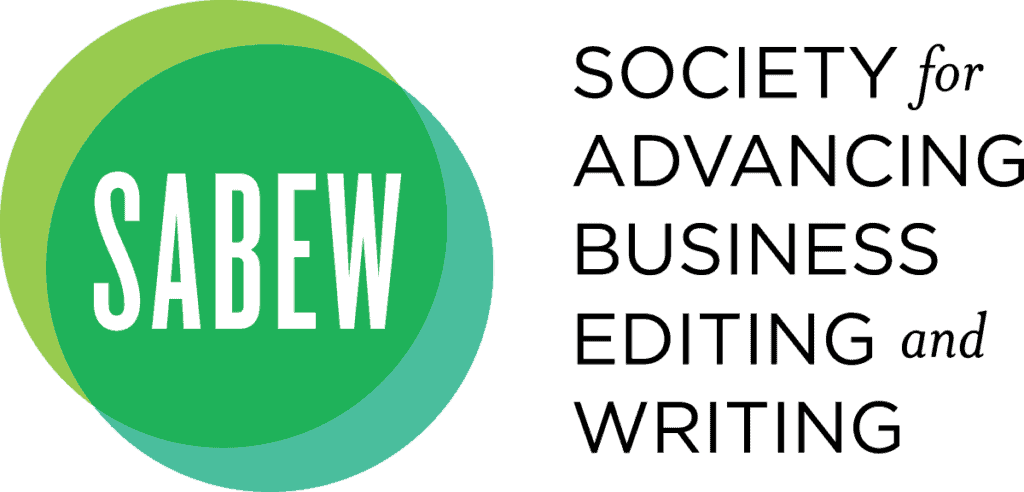
By Kylie Gumpert, Cronkite School of Journalism
If there’s anything that three of business journalism’s top digital leaders can agree on, it’s that digital journalism is profoundly different from anything that’s been tackled so far, and it sure is riveting.
CEO and editor-in-chief Henry Blodget of Business Insider, which overtook the Wall Street Journal in terms of visitors by 5 million in August, joined co-founder Kevin Delaney of Quartz and executive editor Walt Mossberg of one of business journalism’s newest crusaders, Re/Code on October 9 at the CUNY Graduate School of Journalism for a discussion on how digital sites are reshaping business journalism.
“If I could say what the success of Business Insider is, I would say the recognition that digital is profoundly different from both print and television,” Blodget said. “It is in fact as different from print and television as print and television are from each other.”
The McGraw Symposium, mediated by the McGraw Center for Business Journalism’s executive director Jane Sasseen, is a new feature of SABEW’s annual fall conference. It filled an expansive third floor meeting room with hundreds of students, professors, editors and the like as the speakers shared their strengths and weaknesses as untraditional, even experimental mediums of business news.
As an example of untraditional methods, Quartz, which has no pay or registration walls, only just launched its homepage six weeks ago although it’s been serving readers for two years now.
“The idea was, and we’ll see how it plays out, but could a homepage be something other than an index of all the links that were published across the site?” Delaney said. “Could you do a job for a reader, provide a service that was something other than that?”
Quartz’s homepage is now more of a briefing of the days’ happenings with round-the-clock updates, according to Delaney, who said readers are spending roughly three minutes on the homepage, and half of those are clicking on Quartz stories from there.
For Re/Code, which focuses on technology and media, Mossberg and co-executive editor Kara Swisher decided to apply a similar briefing idea for stories about funding technology startups.
“We have found that people are really tired – the reporters are tired and the readers are tired of reading funding stories,” Mossberg said, adding that now Re/Code does a weekend roundup, consolidating like stories and saving reporters’ time to work on other pieces
One of the evening’s last questions from Sasseen regarded sustainable business models for digital journalism — what is the best way for outlets to tap the digital market?
“It just takes a long time to build these businesses,” Blodget said. “What I think we’re going to see over the next several years with digital is a lot more consolidation and the leaders are going to have unbelievable scale in terms of global readership, technology, editorial budgets and ultimately revenue.”

